Pickaroon and hookaroon are some of the essential tools in the lumber industry. But many people can barely tell one from the other. Today, in this hookaroon vs pickaroon guide, we will demystify the two and highlight their respective applications.
What is a Pickaroon?
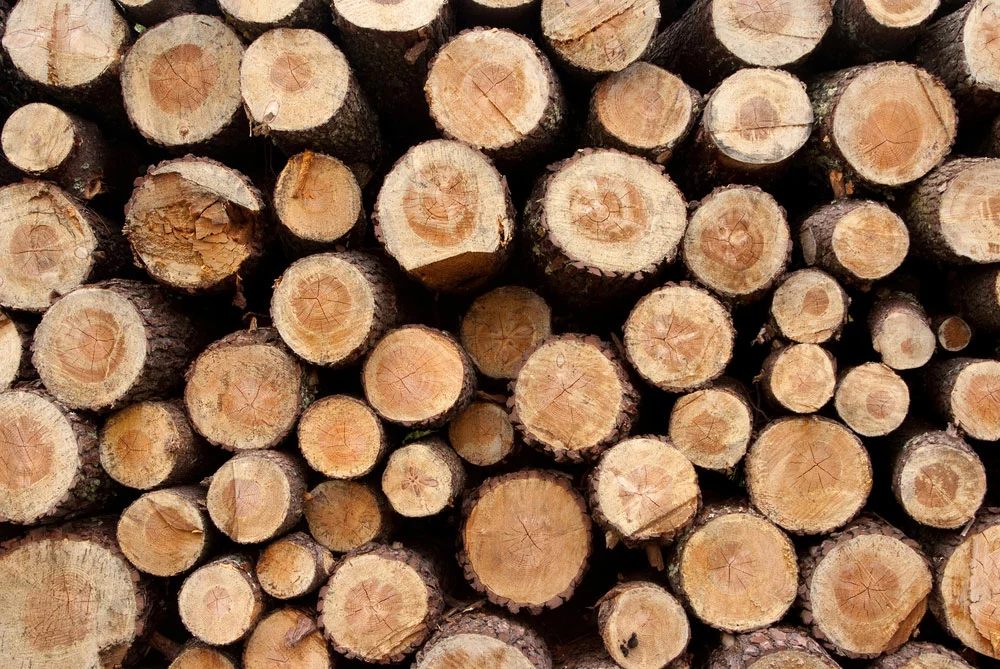
A pickaroon can help lumber.
It’s a valuable tool for picking, rearranging, and moving wood logs and lumber over short distances. Its defining characteristics include the following:
- It has an axe handle with the end featuring a hooked steelhead. The spike’s essence at the tool’s end is picking up lumber easily.
- Also, pickaroons differ in size and shape, while in others, you’re likely to encounter a relatively less sloppy spike than the average.
Using a pickaroon helps you move or arrange wood logs with the bend on its spike, enabling easy picking and dropping of limber.
Pickaroon Pros
- It’s a versatile lumber tool essential for lifting and arranging wood.
- Also, it features a composite handle design that ensures the tool is lightweight and thus easy to use.
Pickaroon Cons
The spike/ hook is not too pronounced. Thus, it makes it easy for wood to fall off when carrying it, which can be dangerous when lifting heavy lumber.
What is a Hookaroon?
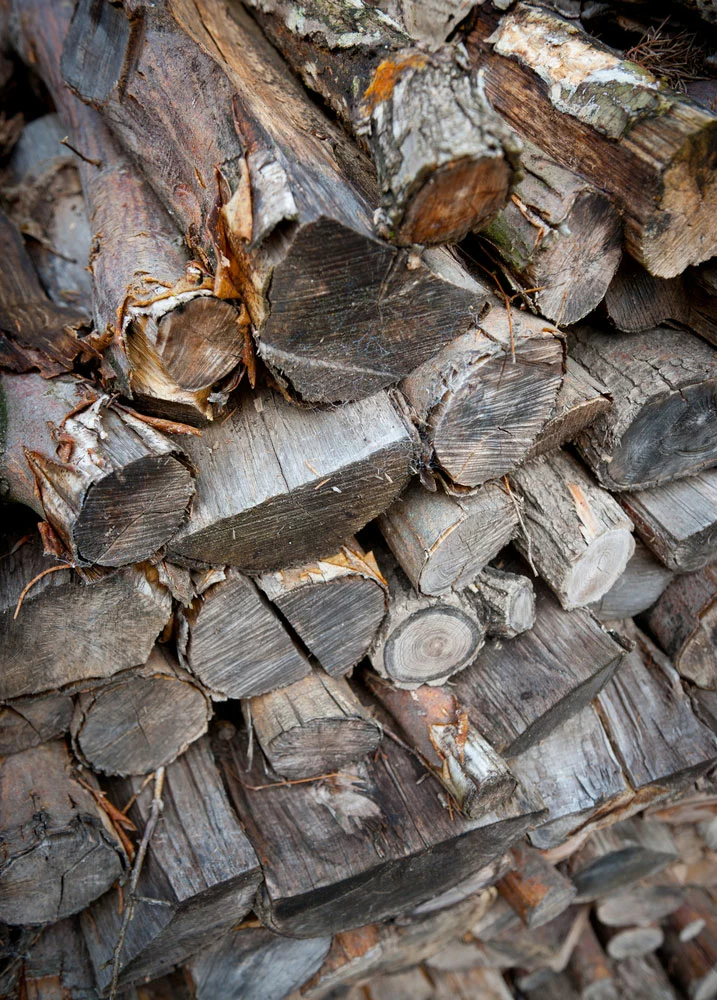
A hookaroon assists in arranging heavy logs.
Like a pickaroon, a hookaroon is a lumber tool essential in picking, stacking, and rearranging lumber. Nonetheless, the hookaroon’s head features a proper hook, unlike the picaroon. The hookaroon’s spike also features a more concave curvature than the picaroon.
Hookaroon Pros
- A hookaroon will lift/carry relatively heavier lumber than a pickaroon.
Hookaroon Cons
- It is relatively heavier than a picaroon. Hence, it requires more effort to use.
- The bend in the hookaroon’s axehead is so sharp that the spike will likely jam on lumber.
- Thirdly, it requires more experience and expertise to use than a pickaroon.
What is the difference between a hookaroon and a pickaroon?
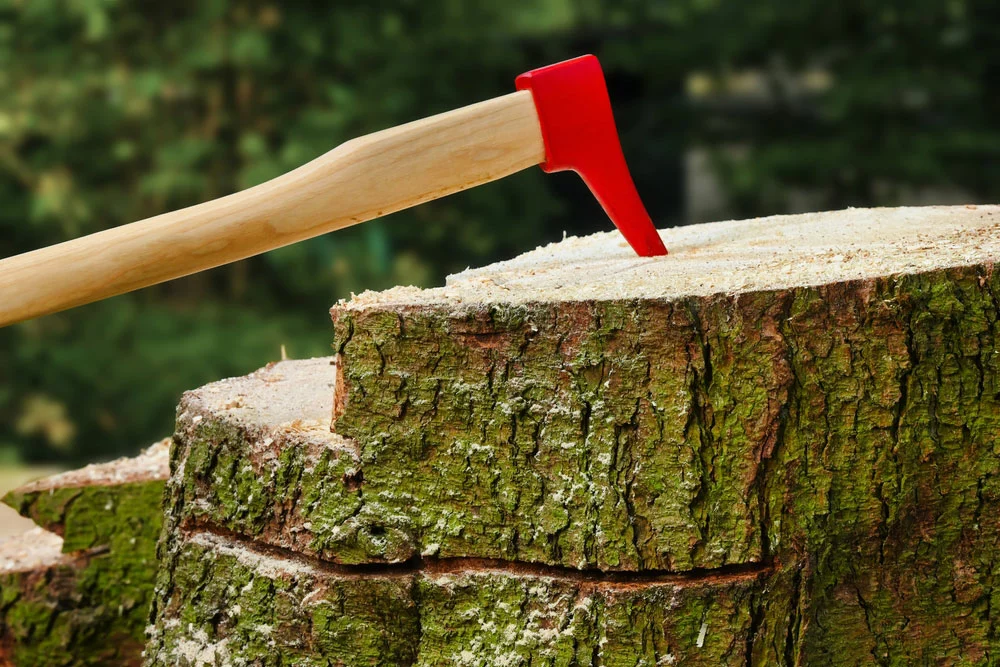
A Pickaroon.
In summary, the key differences between the two lumber tools are as follows:
- First, a hookaroon’s tip has a more pronounced curvature than a pickaroon.
- A hookaroon will hold onto logs more firmly, requiring extra force to remove the tool from the wood.
- Thirdly, a pickaroon is a precise and less brute tool, while the hookaroon requires you to apply heavy force.
Things to Consider Before Buying the Best Hookaroon & Best Pickaroon
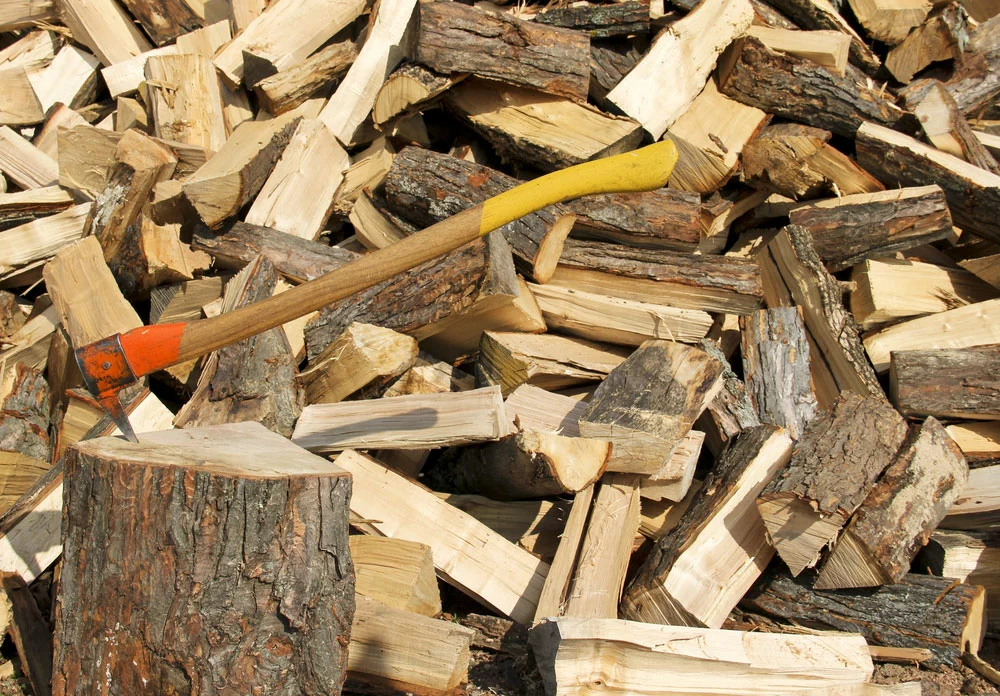
A Pickaroon on a wood log.
Firstly, personal preference will guide your choice of pickaroon or hookaroon. However, there are other key factors you need to consider when interacting with a pickaroon for sale at your local store.
Modern vs. traditional
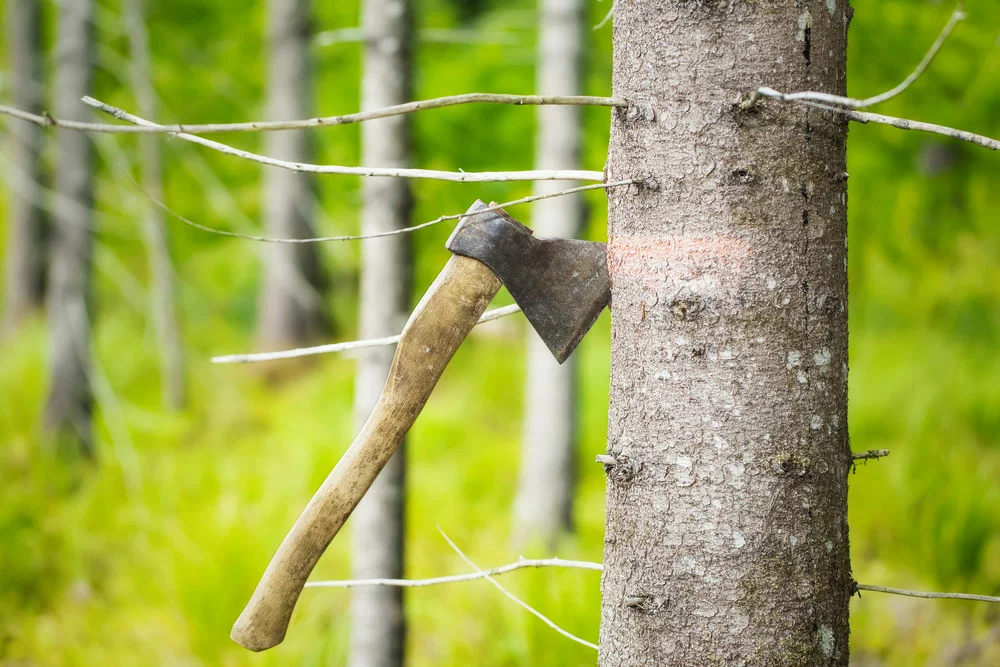
A traditional axe with a wooden handle.
Classic lumber tools feature wooden handles. The handles are likely to break easily, but their repair costs are also low. Hence, traditional tools can be a good option.
But if you’re looking for a lightweight pickaroon or hookaroon, go for the modern design. These also have improvements, such as serrations on their handles for better grip.
Length
Ideally, we use a pickaroon or hookaroon to ease the strain on our arms and backs when picking lumber. So, the length of your lumber tool is essential as it significantly affects your overall work experience.
Choose a pickaroon/hookaroon with the handle length best suits your preference. Most pickaroons are also lightweight, so with the right size, you can even use two at a go to pick wood.
Weight
You must find a way to afford to get your lumber tool’s weight right, which would translate to a bad working experience. For extended use hours, use one with relatively less weight.
Handle Design
Again, you need help to afford to get the handle design right. Doing so will impact the lumber tool’s ergonomics. Ideally, a handle should fit perfectly on your palm to allow easy use and ensure you can work with the tool for long hours.
Wooden handles are comfortable, but modern handle designs feature molded foam grips to add more comfort.
Hookaroon vs pickaroon: Head
Most pickaroons and hookaroons have steel heads. Steel is a durable material and, therefore, the best for a lumber-picking tool head.
But again, you must consider the head shape and size when choosing the ideal tool. It brings us to our initial discussion on the differences between a pickaroon and a hookaroon. Choose the right head shape for a particular task depending on your needs.
For instance, if you intend to carry heavy lumber, a hookaroon will be a better option than a pickaroon. But for a more straightforward task, a pickaroon will come in handy.
Hookaroon vs pickaroon: Cost
You’ll settle on the lumber tool that best suits your budget. But again, don’t settle for a cheaper tool, as often this translates to a compromise on its quality.
Hookaroon vs pickaroon: User- Friendliness
Is your tool user-friendly? If not, ensure you buy a picaroon with modern-day improvements such as soft handles and studs on the handle for better grip.
Hookaroon or Pickaroon, Which is better?
You can use an ax in place of a hookaroon.
Of the two, there’s no one tool we can regard as better than the other. Both are effective in their respective roles.
However, the pickaroon is the obvious choice for many people primarily due to its relatively comfortable handle. Its length is between 24 and 36 inches; thus, you can use it with one hand.
The pickaroon will serve you best for precise and repetitive wood-picking applications.
Conversely, you can use a winch, cant hook, or axe in the place hookaroon. Thus, it is less crucial than a pickaroon.
Conclusion
In a nutshell, hookaroon and pickaroon are essential tools in picking and arranging lumber/logs. Hopefully, our guide will assist you in differentiating between the two but for further inquiries, contact us.
